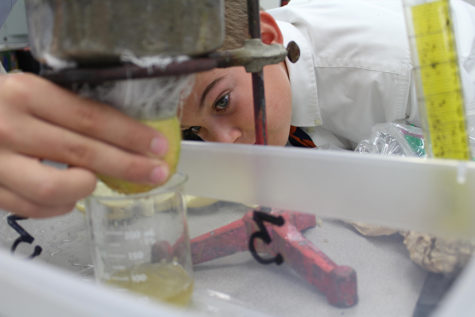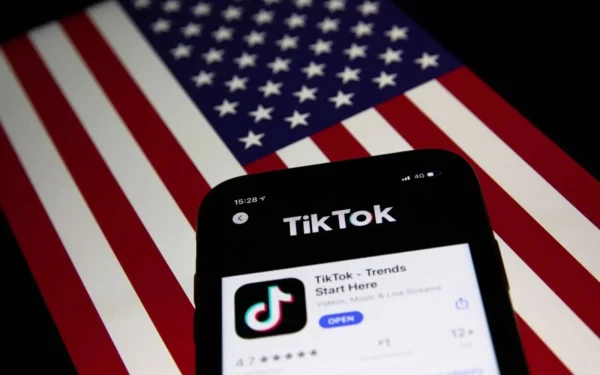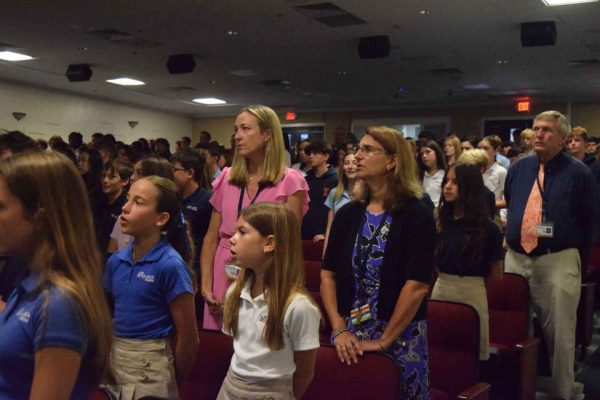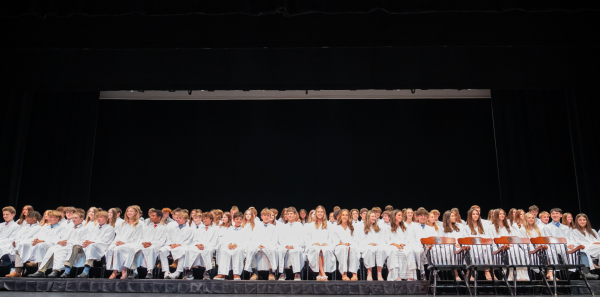Instead of Using Water to Get Clean, Students Attempt to Clean Water
Seventh grader Jacob Steinger uses a combination of grass and sand for his water filtration experiment.
When seventh grader Cole McIlvaine walked into Mrs. Stephanie Oster’s classroom and picked up the odor of “bananas and coffee,” it was obvious something was up, and it was not just a chimp on break. It was the seventh-grade water filtration project, designed to “make the students think outside the box,” according to Oster. As a result, the students had to filter dirty, mucky water to make it drinkable by using only natural materials.
Oster, the new seventh-grade science teacher from New Jersey, encouraged students to research, via the Internet, the best possible natural filters that could be found in South Florida. She said that the resources the students had on hand to make filters here in South Florida were much different than anything she had up north, changing the project for the better. The seventh graders used everything from sand and dirt to coconut husks to orange peels. “These are the most effective filters I have seen while doing this project, and I’ve done this project all of my years of teaching,” said Oster. Her students in New Jersey would use materials like leaves and pine needles, which didn’t do a great job of naturally cleaning the water. She even said the sand was different in New Jersey, since “it was rougher than the sand down here.”

Seventh grader James Key tries to get a good look at the pink lemon rind his group uses to filter water.
This project did not go the way some students thought it would, though. Many of them thought the hole-in-one total filter was going to be sand, but it did not filter the water very effectively. “I thought that the most disappointing filtering element was the sand,” said seventh grader Grace Kearns. “The only thing it did was get rid of the algae. It did not filter the actual water content.”
Contrary to the sand, fruit turned out to be a very impressive filter during this project. Seventh grader Jake Zur used an orange peel as the last stage of his filter, and he felt that was the difference maker. “When the water got to the orange, I noticed it was still brownish, but after [it went through the orange peel], it was just barely yellow.”
After filtering the water, the students were given pH strips to test the pH (power of hydrogen) balance of their water. Dipping the strip in the filtered water resulted in the paper turning a certain color. A pH of 7 (green) was pretty good, meaning the water was neutral – striking a good balance between acidic and alkaline.
The students enjoyed the project and some even felt it would help them in other areas as well. “I think that working with these materials will help make people in class think about how the stuff we’re learning can be used in the real world,” said seventh grader Ben Taylor.





